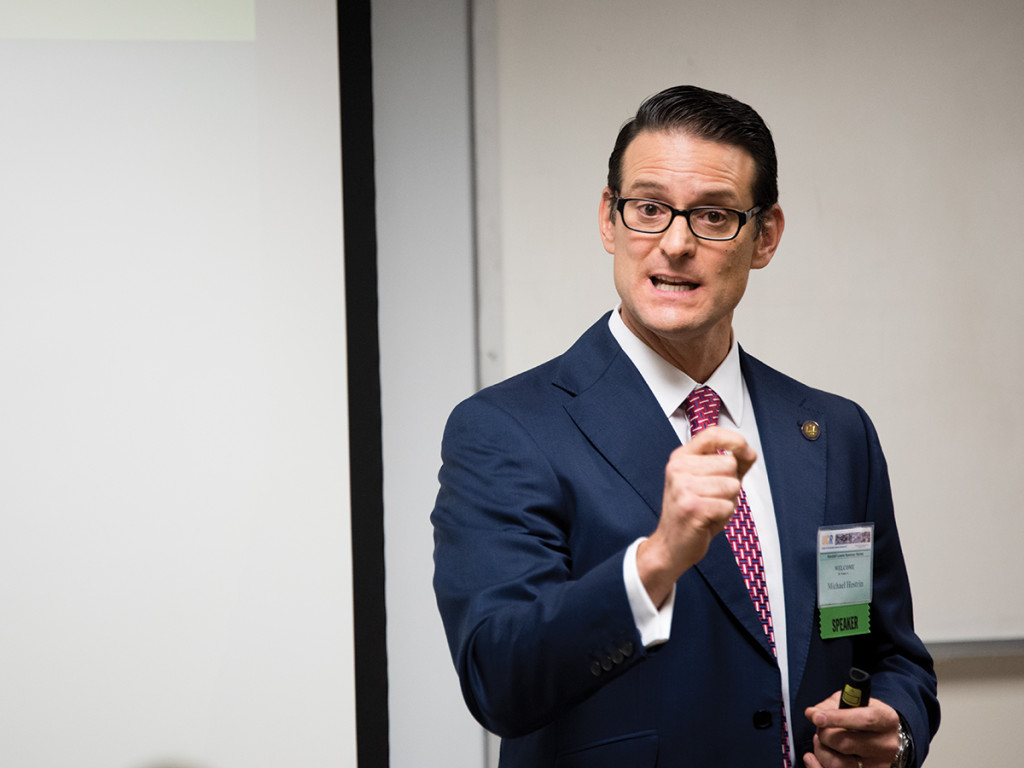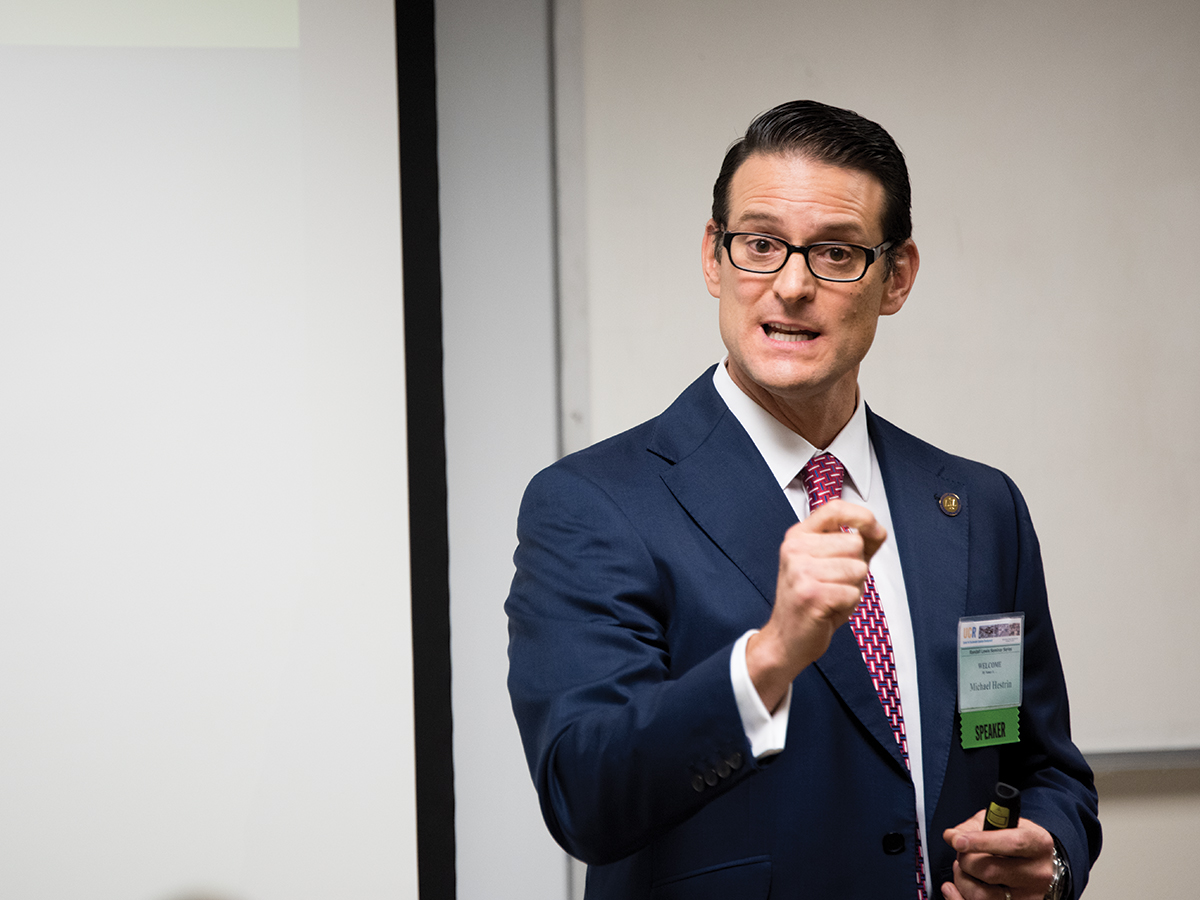
Last Thursday, UCR’s new School of Public Policy hosted Riverside County District Attorney Michael Hestrin at the Center for Environmental Research (CE-CERT) building off campus. Hestrin lectured on the rising crime in Riverside County. According to the district attorney, a combination of imperfect legislation and a lack of resources are responsible for the rising crime rate.
Hestrin’s presentation asserted that total crime in Riverside County increased 7.23 percent (14,852 to 15,296 events) when comparing January to June 2014 to the same period in 2015. It also stated that the city of Riverside saw a 14.48 percent increase in robbery, an 8.93 percent increase in larceny and a 4.27 percent increase in auto theft, all factoring into a 5.98 percent increase in the total amount of crime (5,315 to 5,633 events) when comparing the aforementioned timeframes.
California’s government has notably attempted to do their part to reduce prison populations. AB109 was implemented in 2011 and allows those convicted of “non-serious, non-violent, and non-sex offenses” to go to local jails rather than state prisons. This led to overcrowding in county jails, although Hestrin asserts that they were above capacity before AB109.
Riverside County has 2.293 million people, with a prison capacity of 3,900 beds, below the ratios of many other counties. Federal mandates force Riverside’s overcrowded jails to release prisoners early. According to Hestrin, the current average jail time for someone with a non-violent, non-sex offense felony conviction of two years is less than a month.
Recently, California voters took another swing at reducing incarceration and approved Proposition 47 which decriminalized many felony offenses.
Hestrin stated “I opposed Prop 47 on a number of grounds, and the main one was that it took progressive punishment away, meaning that no matter how many times you commit a theft under $950 of value that is always and forever a misdemeanor … If you commit it 100 times in a row, it is a misdemeanor.”
Hestrin highlighted the effect the combination Prop 47, AB109 and overcrowding of prisons has on deterrence.
“When we take the deterrent effect away from a whole level of crimes, those of us in law enforcement were waiting for the other shoe to drop …Through experience and through common sense we thought ‘this is going to make crime go up.’”
Mr. Hestrin emphasized that coupled with the rise in crime has been a decrease in resources for his departments, including some which target child pornography and gang violence.
His proposed solutions were expansion of rehabilitative programs, work-release programs, alternatives to jail housing and the reinstitution of progressive punishment. Progressive punishment is best characterized with California’s three strikes law, where habitual offenders are punished more harshly as they reoffend. A legislative committee has been established to pursue these changes.
The need in Riverside County to house criminals is being partially addressed with the expansion of the Indio jail, a project that will add approximately 800 beds.
When asked his opinion on divestment from prisons, mentioned as an agenda item of ASUCR at last week’s initial ASUCR meeting, Hestrin said, “well, I mean, I think those senators or whoever is saying that will, if they get their way, then they’ll learn [a] hard lesson. Incarceration and punishment and dealing with criminal justice is part of the basic job of government, so not having enough jails for the population is irresponsible, it’d be like not having enough hospitals because we don’t have to have sick people.“








